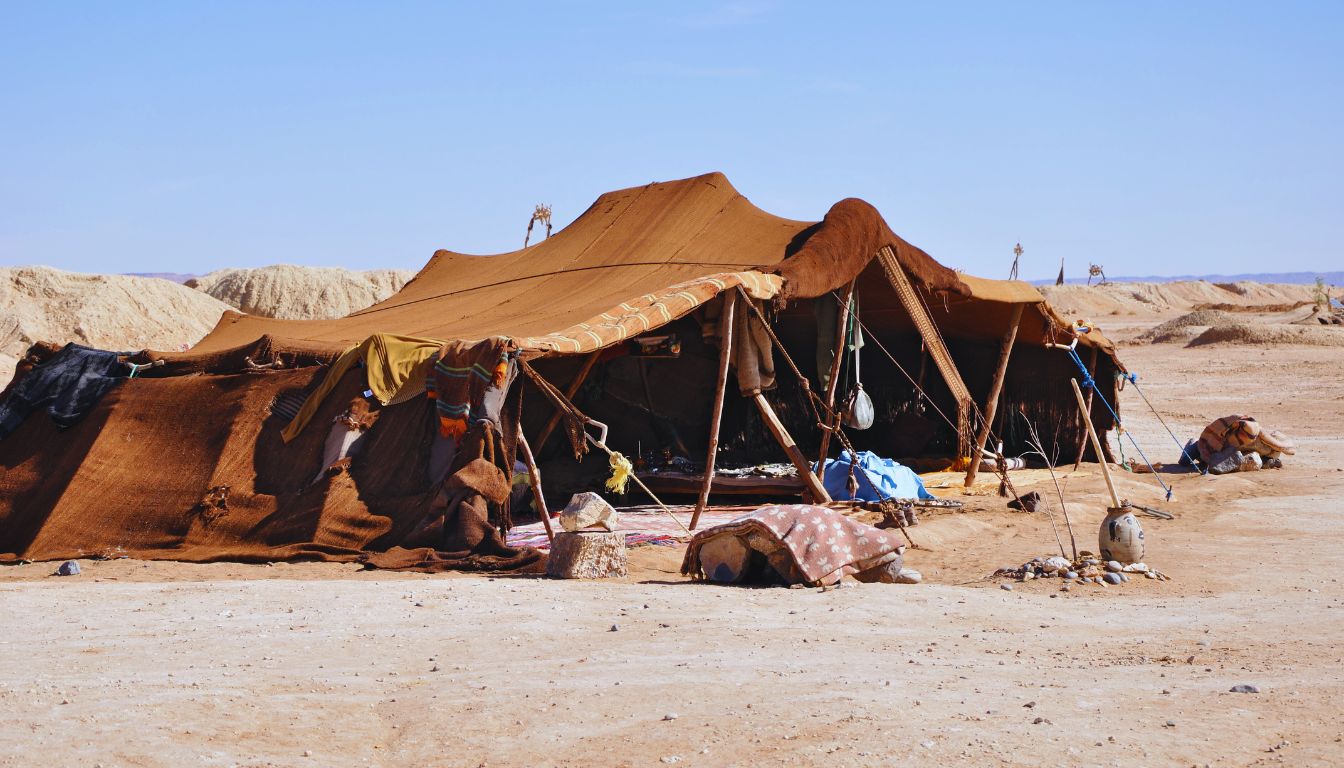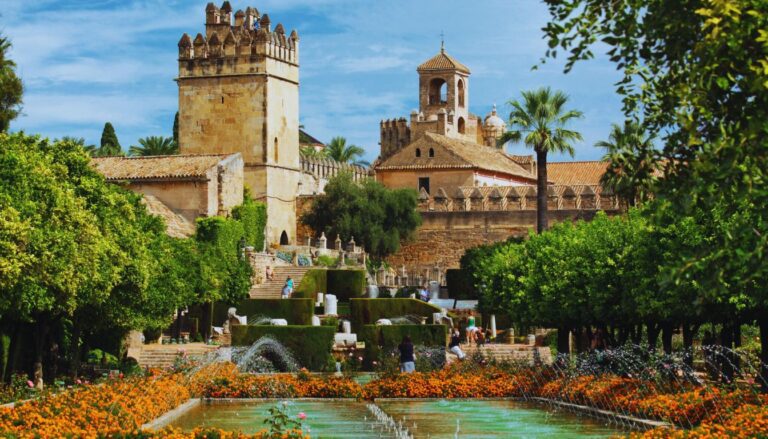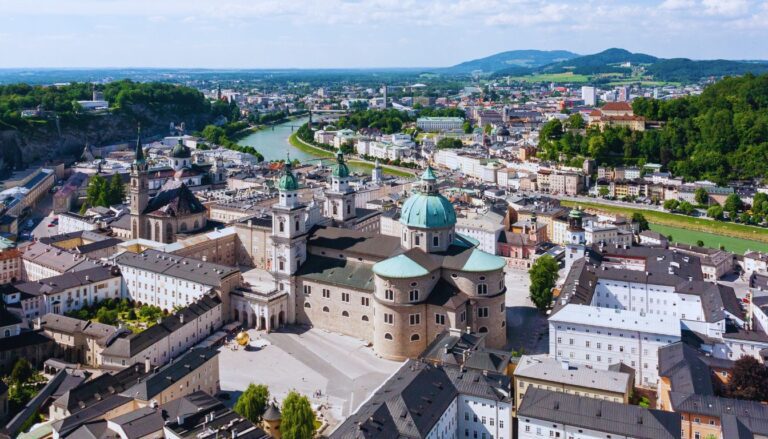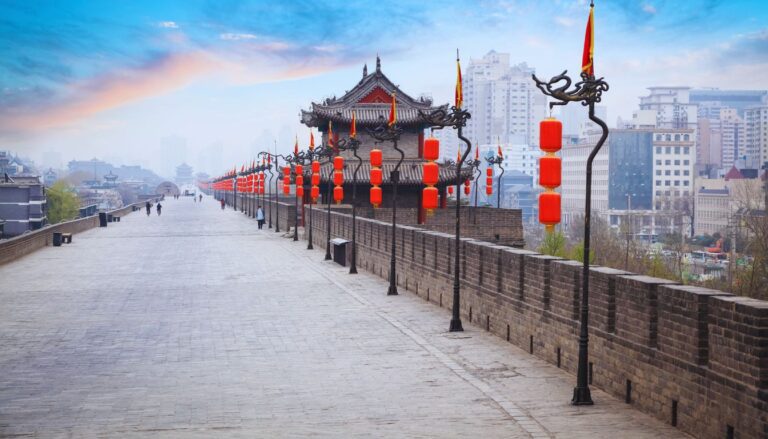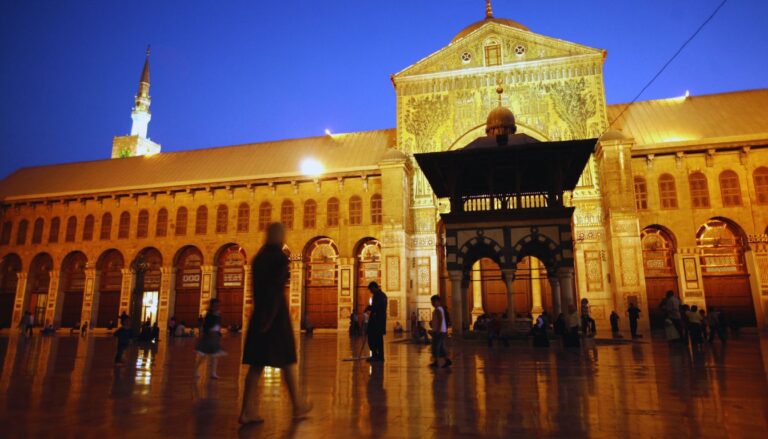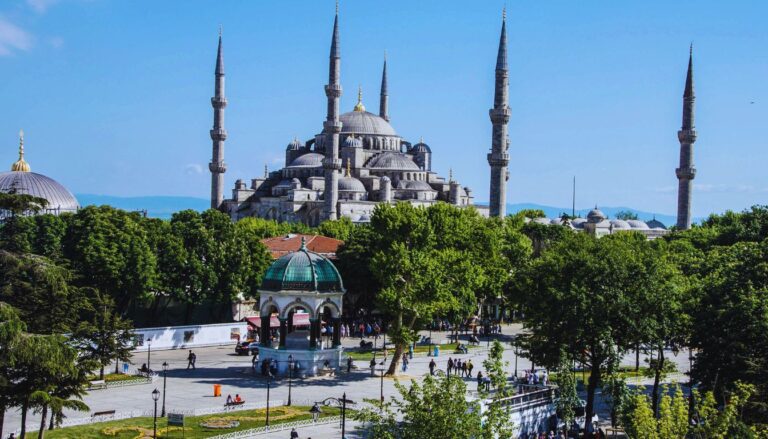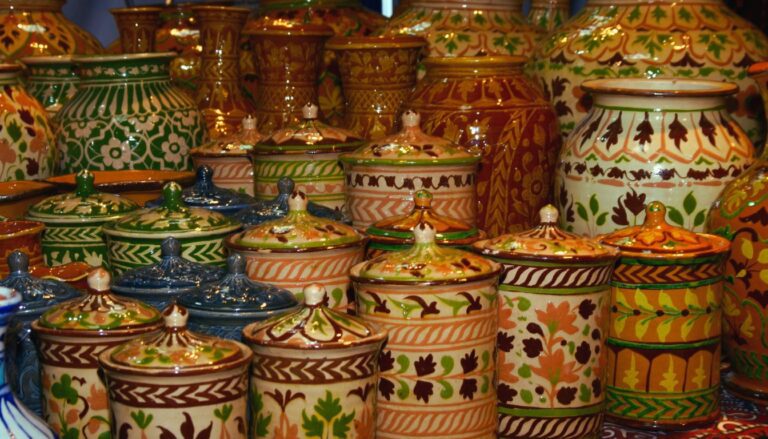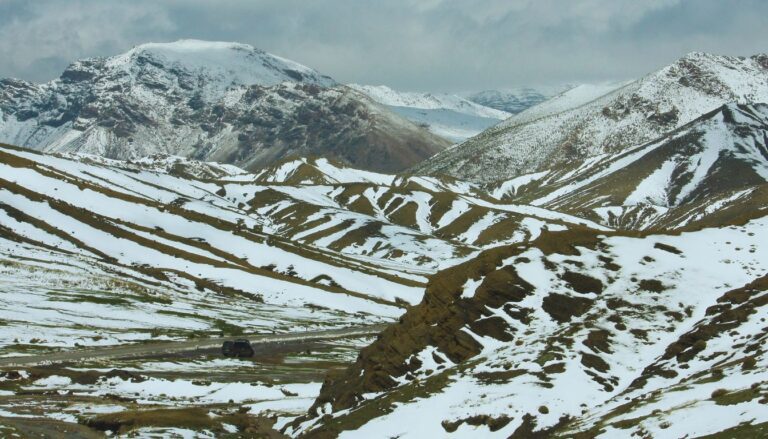“Tuareg Tents: Architecture of the Desert” – The Tuareg people, often called the “Blue People” due to the indigo-dyed clothing worn by the men, are a Berber ethnic group indigenous to the Sahara Desert. For centuries, they have mastered the art of survival in one of the world’s harshest environments. Central to their nomadic way of life is the Tuareg tent, an architectural marvel that embodies their culture, adaptability, and ingenuity.
For the Tuareg, nomadism is more than a lifestyle; it’s a profound cultural identity. Their movements across the vast Sahara are guided by seasonal changes, resource availability, and ancient trade routes. This constant journeying requires a home that is both durable and portable – and thus, the Tuareg tent is born, representing both resilience and heritage.
Table of Contents
The Evolution of Tuareg Tent Design
The design of Tuareg tents has evolved over thousands of years, shaped by the demands of the desert environment and the cultural needs of the Tuareg people. Early versions were likely simple structures made from animal hides stretched over wooden frames. As time passed, the designs became more sophisticated, incorporating new materials and techniques.
The modern Tuareg tent, known as an “ehan” in the Tuareg language, is a testament to generations of refinement. It maintains the essential qualities of portability and durability while incorporating aesthetic elements that reflect Tuareg artistry and cultural values.
Materials and Construction Techniques
The materials used in Tuareg tents are sourced from the desert environment and carefully selected for their durability and functionality. The main components include:
- Wooden poles: Usually made from acacia trees, these form the tent’s skeleton.
- Leather: Goat or camel hides are treated and used for various parts of the tent.
- Woven mats: Made from palm fronds or grass, these form the walls and roof.
- Ropes: Crafted from animal hair or plant fibers, they secure the structure.
The construction of a Tuareg tent is a communal affair, often led by women who are considered the owners of the tent. The process begins with setting up the main poles, followed by the attachment of the leather and mat coverings. The entire structure can be erected or dismantled in a matter of hours, a crucial feature for the nomadic lifestyle.
Structural Components of a Tuareg Tent
A typical Tuareg tent consists of several key structural elements:
- Central poles: These support the main weight of the tent.
- Side poles: Shorter poles that provide stability and shape to the sides.
- Ridge pole: A horizontal beam that connects the central poles and supports the roof.
- Coverings: Leather and woven mats that form the walls and roof.
- Entrance flap: Usually facing west to protect against the prevailing winds.
- Guy ropes: These anchor the tent to the ground, providing stability in high winds.
The design allows for flexibility, with the ability to adjust the height and tension of the coverings depending on weather conditions.
Interior Layout and Functionality
The interior of a Tuareg tent is a masterclass in efficient space utilization. Despite its seemingly simple exterior, the inside is carefully organized to accommodate various functions:
- Sleeping area: Usually located at the back of the tent for privacy.
- Living space: The central area used for daily activities and receiving guests.
- Storage: Cleverly integrated into the tent’s structure, often using hanging bags and containers.
- Cooking area: Typically located near the entrance for ventilation.
The layout reflects Tuareg social norms, with clear divisions between public and private spaces. Decorative elements, such as colorful cushions, rugs, and leather work, add both comfort and cultural significance to the interior.
Climate Adaptation: Surviving the Saharan Extremes
The Sahara Desert presents extreme climate challenges, with scorching daytime temperatures and cold nights. Tuareg tents are ingeniously designed to cope with these conditions:
- Ventilation: The porous nature of the woven mats allows air circulation, cooling the interior.
- Insulation: Layers of mats and leather provide insulation against both heat and cold.
- Adjustability: The tent’s coverings can be loosened or tightened to regulate airflow and temperature.
- Portability: The ability to move the tent allows Tuaregs to seek optimal locations based on seasonal changes.
This adaptive design ensures comfort in temperatures that can range from below freezing to over 50°C (122°F).
Symbolism and Cultural Significance
Tuareg tents are more than just shelters; they are imbued with deep cultural significance. The tent represents the heart of Tuareg family life and is often seen as a symbol of the woman’s authority in the household. The arrangement and decoration of the tent reflect social status, family history, and cultural beliefs.
Specific patterns in the woven mats and leather work often carry symbolic meanings, telling stories of ancestry and tribal affiliations. The tent’s orientation and the placement of items within it can also have spiritual significance, aligning with Tuareg cosmology and religious beliefs.
Gender Roles in Tent Construction and Maintenance
In Tuareg society, the construction and maintenance of tents are primarily the domain of women. This responsibility gives women a significant role in the community and family structure. Key aspects include:
- Ownership: The tent is considered the property of the woman.
- Construction skills: Young girls learn tent-making techniques from their mothers and grandmothers.
- Decision-making: Women decide on the tent’s location and interior arrangement.
- Maintenance: Regular upkeep and repairs are typically carried out by women.
This division of labor highlights the complementary roles of men and women in Tuareg society, with men traditionally focusing on activities outside the home, such as herding and trade.
Modern Influences on Traditional Tent Design
While Tuareg tents have remained remarkably consistent over centuries, modern influences have begun to impact their design and use:
- New materials: Synthetic fabrics and metal poles are sometimes incorporated for durability.
- Permanent settlements: As some Tuareg communities become more sedentary, tents are adapted for semi-permanent use.
- Tourism: The iconic design of Tuareg tents has been adopted in some tourist accommodations, blending traditional aesthetics with modern amenities.
- Urban migration: In cities, some Tuareg maintain smaller versions of traditional tents as a connection to their heritage.
These changes reflect the ongoing adaptation of Tuareg culture to contemporary realities while striving to maintain their unique identity.
Preservation Efforts and Cultural Heritage
The traditional knowledge and skills associated with Tuareg tent-making are increasingly recognized as important cultural heritage. Efforts to preserve this knowledge include:
- Documentation: Anthropologists and cultural organizations are working to record traditional techniques.
- Education programs: Initiatives to teach younger generations about their architectural heritage.
- Cultural festivals: Events showcasing Tuareg culture, including tent construction demonstrations.
- Craft cooperatives: Supporting Tuareg artisans in maintaining traditional crafts related to tent-making.
These preservation efforts are crucial in ensuring that the rich tradition of Tuareg tent architecture continues to thrive in the face of modernization and cultural change.
Tuareg Tents in Art and Media
The distinctive design of Tuareg tents has captured the imagination of artists, filmmakers, and designers around the world. They have been featured in:
- Photography: Iconic images of Tuareg camps in the Sahara.
- Film: Documentaries and feature films showcasing Tuareg culture.
- Fashion: Inspiration for clothing and accessory designs.
- Architecture: Influence on modern sustainable and portable housing concepts.
This cultural exchange has helped raise awareness of Tuareg culture and their unique architectural tradition.
Conclusion: The Future of Tuareg Tent Architecture
As we look to the future, the Tuareg tent stands as a remarkable example of sustainable, adaptable architecture. Its design principles of portability, climate responsiveness, and efficient use of local materials offer valuable lessons for modern architects and designers grappling with issues of sustainability and climate change.
While the traditional nomadic lifestyle of the Tuareg faces challenges in the 21st century, the ingenuity and cultural significance embodied in their tents continue to inspire. Whether adapted for modern use or preserved as a cultural icon, the Tuareg tent remains a testament to human creativity in the face of environmental extremes.
As global interest in indigenous knowledge and sustainable living grows, the wisdom encapsulated in Tuareg tent design may find new applications. From portable housing solutions for disaster relief to innovative eco-tourism concepts, the principles behind these desert dwellings have much to offer our increasingly mobile and environmentally conscious world.
In conclusion, Tuareg tents represent far more than just a shelter in the desert. They are a living archive of cultural knowledge, a symbol of resilience, and a source of inspiration for future generations. As we face global challenges of climate change and cultural preservation, the humble yet ingenious Tuareg tent reminds us of the power of human adaptation and the enduring value of traditional wisdom.
Discover the must-visit cultural destinations of Tuareg culture

